Over the past two decades, how we take and interact with photographs has changed dramatically.
As we move further into the digital age, where photographs are viewed on screens and shared on social media, it has become a challenge to keep track of them all. To combat the eternal scrolling, consumers are looking to both future-proof their photography and immortalise their memories.
The camera has withstood the test of time. Through the digital age it saw its core features develop, its lenses become more powerful, and its size vastly reduce. Thanks to this and our gradual move away from film photography, the volume of photographs we take has soared. This difference in scale is also a difference in kind, with the role of the photograph moving from a way to capture a meaningful moment, to becoming a key way we communicate on a day-to-day basis.
In the UK we take the majority of photos through smartphones. The 2018 Ofcom Communications Market report revealed that 78% of UK adults had a smartphone at the beginning of the year with almost all of them having photo taking capabilities, effectively squeezing out their dedicated pocket camera counterparts.
It is estimated that in 2017 alone we took 1.2 trillion photos, which represents a 9% rise year-on-year from 2016 estimates of 1.1 trillion. This equates to every person on the planet taking an average of 158 photos each per year, which, from experience, is only a fraction of what people with smartphones snap. Holidays, Birthdays and other social events usually boost this number up into the thousands.
How do you access and recall all of those photos? That image you took at your sister’s wedding four years ago which you want to share with your parents for their upcoming anniversary is all but a distant memory in the archives of your last phone. With the days of developing images, cataloguing them in albums or keeping them in a shoebox in a cupboard behind us, an all-digital flow of images creates new problems.
The endless scroll through online photos and various social media sites can make accessing older photographic memories a time-consuming task. The sheer number of photos that we now take, combined with the unspecific names automatically allocated to images, makes for an enormous unstructured flow of data. In a world where we loathe deleting anything, our treasured memories and milestone moments are quickly lost in the scroll, taking ever so long to find on a whim that many will give up trying after a few unsuccessful minutes.
So, how do we prevent our most treasured pictures becoming lost in the endless scroll?
The logical thing is to commit your favourite images to a physical form, whether that is a collection of prints or a photo album, or by using them to mark key moments as gifts or mementoes. However, the digital transformation of photography and images has, until recently, made it difficult to access professional photo printing. Home photo printers offer limited quality at an inflated price, and obtaining a good colour image on photo paper usually involves making a special effort. Users are having to locate the images, load them onto a USB flash drive, and go to a store that offers printing facilities only to have to print them yourself on a self-service machine.
Everyone from the Instagram generation to the amateur photographer wants an easier way to future-proof their photos.
Both hardware and software vendors are beginning to react to this shift by putting photo editing, manipulation and output front and centre in their platforms. With more tools built into operating systems to make sifting through those trillions of stored images easier, it has never been so easy to design and order prints, albums and other personalised photo gifts directly inside system photo apps.
Apple’s macOS, for example, has implemented new features in the latest Mojave release to make photo management easier. Gallery View allows users to easily preview images, simplifying the process of locating past photos. Similarly, Apple Photos, the default OS repository for images, has more advanced photo handling features. It has also been opened up to third-party commercial services who can now integrate with it, adding design, editing and ordering capabilities for professional prints and products. It means that once you have tracked down those important images in the never-ending scroll, you can now preserve them there-and-then as professionally printed physical copies that can be kept, shared and most importantly, appreciated on-demand for all time.
Motif, for instance, is a great example of this. Motif is a simple extension for Photos on macOS that helps create beautifully curated collections of images. Their advanced technology does the work for you and results in a simple package for your memories.
With trillions of photos existing only digitally, there is an opportunity and a need to commit them to analogue and offline formats, in order to better facilitate recall, sharing, and sentimentality. Gallery shows of photographs still rely on physical images, rather than screens showing digital files. People coming off a roller coaster ride at a theme park want a physical photo reminder of their experience for future memories, not just a digital image emailed to them. The same applies to important social media and smartphone moments caught digitally.
Protect your memories from getting lost in the scroll.
To ensure you never lose any of your precious memories, try to use various methods to back the images up. As well as the advantages of physically printing photographs, using storage devices such as an External Hard Drive or USB Flash Drive will make certain that you have multiple copies stored and will make it easier to transfer and store files when on the go.
If you are after a device to store your photographs on, be sure to visit our website now to get the best storage devices for your photographs.
Author Bio: David Soberman, Global Marketing Director of Motif.



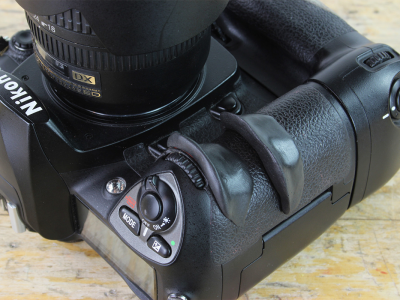

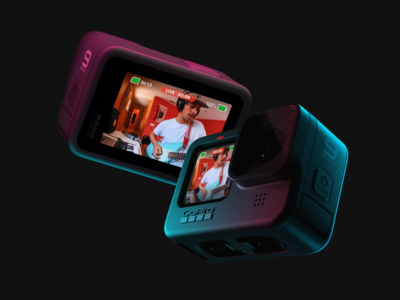
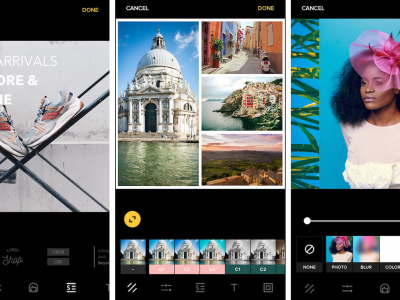

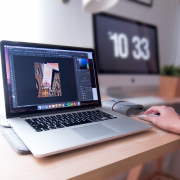










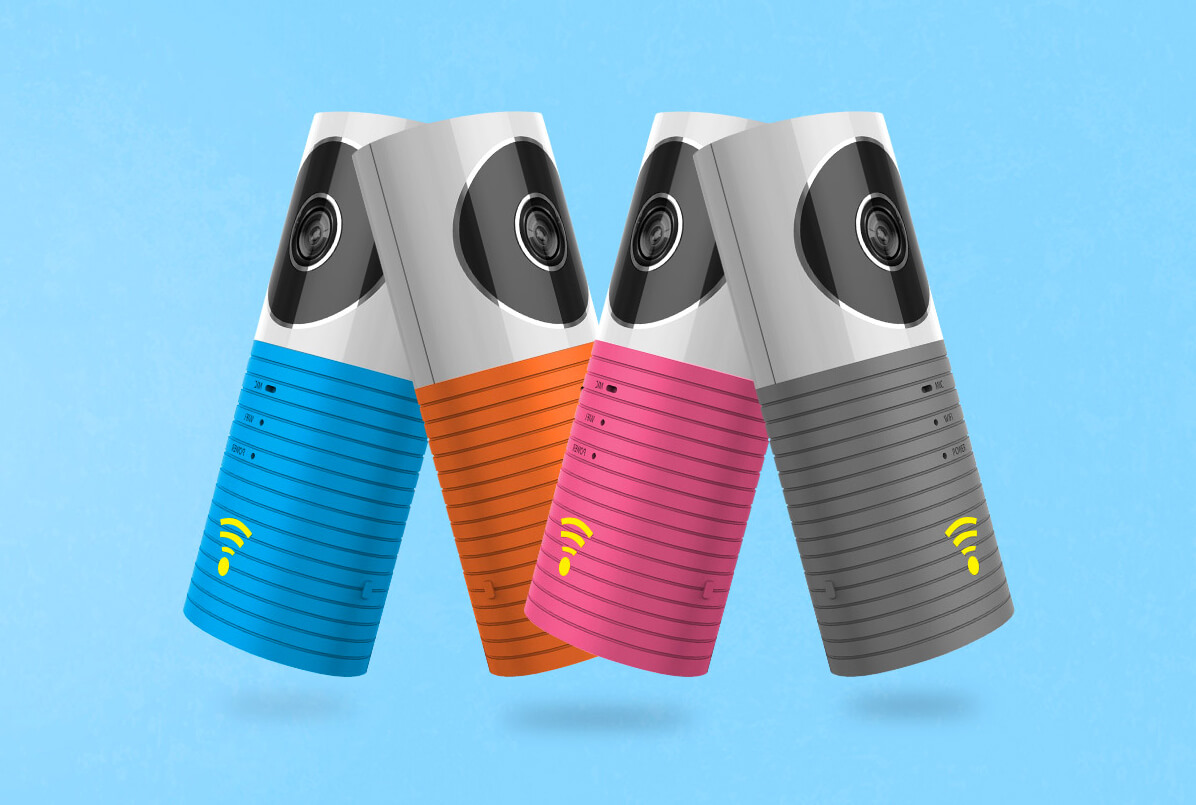
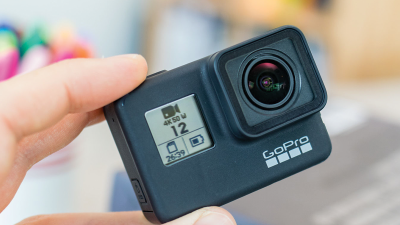



Comments